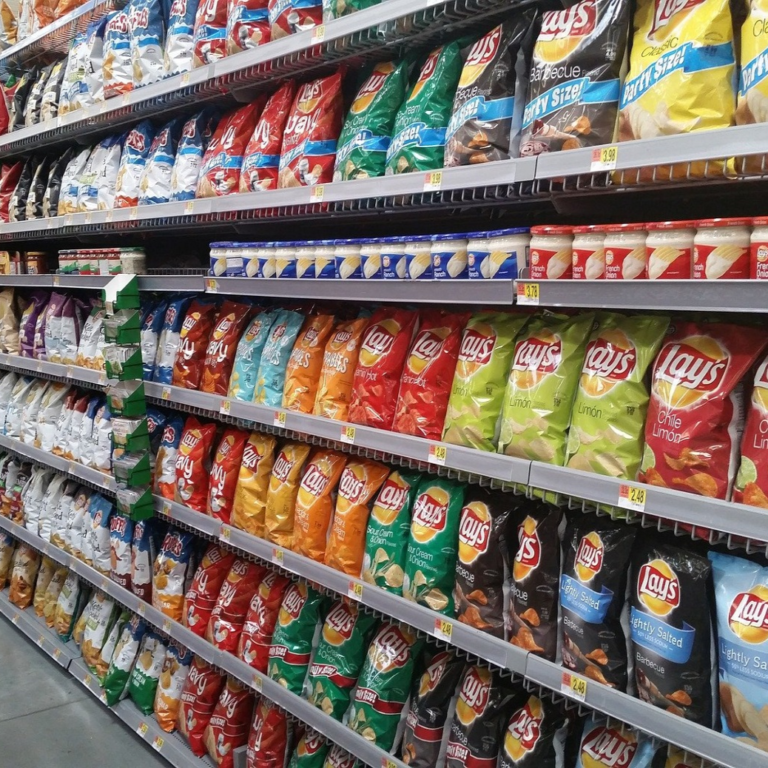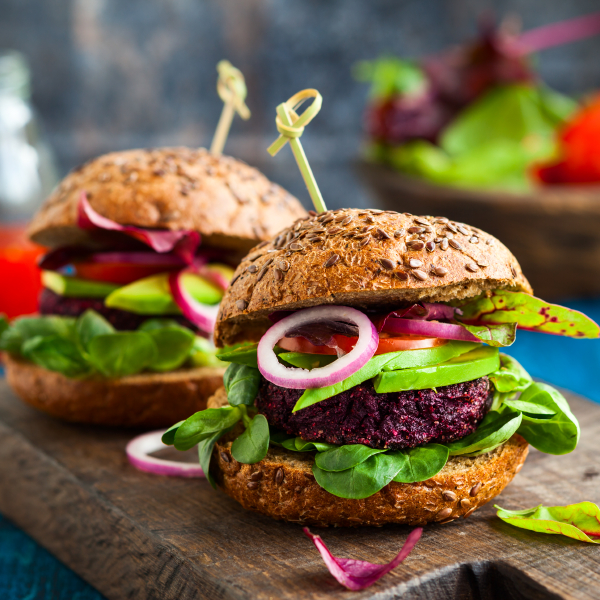Vegan Proteins
Plant-Based Proteins: A Healthy and Sustainable Choice
In recent years, the shift towards plant-based proteins has gained significant momentum. This movement is driven by a growing awareness of the health benefits and environmental advantages associated with plant-based diets. Plant-based proteins, such as beans, quinoa, tofu, and edamame, offer a rich source of nutrients while also contributing to a more sustainable food system.
Health Benefits: Plant-based proteins are packed with essential amino acids and are typically lower in calories and fat compared to animal proteins and do not contain cholesterol. Moreover, they are high in fiber and other vital nutrients, which can aid in digestion, weight management, and overall health.
Environmental Impact: The production of plant-based proteins requires less water, land, and energy than animal-based proteins. It also generates fewer greenhouse gases, making it a more environmentally friendly option. By choosing plant-based proteins, individuals can contribute to reducing the ecological footprint of their diet.
Readily available protein isolation technologies
Soy Protein Isolate
Soy Protein Concentrate
Pea Protein Isolate
Pea Protein Concentrate
Mung bean Protein Isolate
Millet Protein Concentrates
Purification Technology
- Dry Fractionation –
enrichment of protein in a dry process by means of precise grinding and classifying. By means of perfectly coordinated machines, the proteins and the starch fractions are separated from each other on the basis of molecular weight.
OR
- Conventional process – purification of protein by the means of alkali extraction and acid precipitation. Protein fraction is separated in much effective manner, therefore yielding much higher purity.
Raw materials
Currently prevailing sources in the industry: Soy, Pea, Mung Bean, Brown Rice
Potential plant-based sources of the future:
Red lentil, Black lentil, Pigeon Peas, Millets
Purification Technology
- Dry Fractionation
- Enrichment of protein in a dry process by means of precise grinding and classifying. By means of perfectly coordinated machines, the proteins and the starch fractions are separated from each other on the basis of molecular weight.
- Low energy and water requirements
- Output obtained is not of the highest purity
- Conventional process
- Purification of protein by the means of alkali extraction and acid precipitation. Protein fraction is separated in much effective manner, therefore yielding much higher purity.
- Involvement of multiple machinery and high volumes of water
- High purity output is obtained
New hybrid technology
- The Hybrid approach to protein purification is related to involving steps from both the types of processes, i.e. dry and wet.
- In this process, dry fractionation is performed, and the PRF is then solubilized in alkaline conditions.
- Membrane separation systems are used to concentrate the protein in the solution, and ultimately spray dried. after the purity is achieved.
By-products and value addition
- Starch
- Starch, a type of carbohydrate, serves as a natural energy source found in various agricultural raw materials, including potatoes, tapioca, wheat, and corn. Due to its renewable and biodegradable properties, starch is an excellent additive and alternative to chemicals like plastics and adhesives. In the realm of food processing, it is utilized for thickening and stabilizing products such as pasta, soups, and custards.
- Pure starch is a white, tasteless and odorless powder that is insoluble in cold water or alcohol. It consists of two types of molecules: the linear and helical amylose and the branched amylopectin. Depending on the plant, starch generally contains 20 to 25% amylose and 75 to 80% amylopectin by weight
- Fibre
- Dietary fiber or roughage is the portion of plant-derived food that cannot be completely broken down by human digestive enzymes
Application of Plant-based Proteins

Nutraceuticals

FMCG

Meat Analogues

Vegan Food

Bakery
Our working on specially proteins
- Hydrolysis of Proteins
- Amino Acid isolation
- Pre-digested proteins
- Enzyme synthesis
End-to-end solutions for protein isolation projects
- Budget ranging from 2 Cr to 3 Cr
- Capacities ranging from 2 TPD to 10 TPD
